Helmets and other forms of sports protection have been progressing for many years. It’s a good job as well because the world’s best athletes are never going to stop sending harder and harder.
It’s no surprise that these athletes often take falls much harder than us mere amateurs. The advancement of cycling tricks and jumps aren’t going to wait around for adequate protection. Biomechanical research specialists from the Royal Institute of Technology in Stockholm, Sweden have been working hard to develop this specialist brain protection system.
MIPS technology mimics the brain’s own cerebrospinal fluid as an added layer of protection inside the helmet. There are two layers built into the structure that rotate against each other in times of significant rotational forces.
When a significant rotational force is applied to the helmet the outer shell will freely ‘slip’ or rotate slightly. It may seem like a small amount of movement but the reprieve offered to the brain has been proven to reduce concussions and significan brain injuries dramatically.
Are MIPS Helmets Worth It?
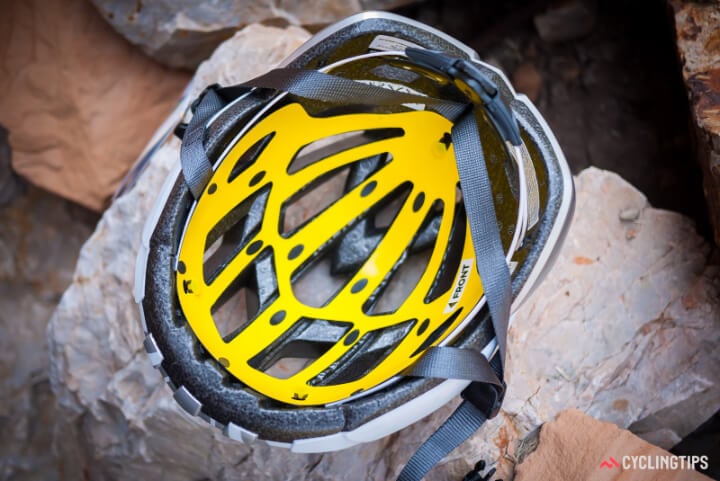
Until recent years the only recommendation you could be given when buying a new helmet was to buy one that’s comfortable and you’d enjoy wearing. All helmets had to meet the same protective standards.
Now we have MIPS technology I would always advise you to go for the upgrade if you can afford it. The price difference is fairly insignificant compared to how much of a leap the technology has made.
Currently only certain companies have developed MIPS helmets. Giro, Bell, POC, Scott, and Lazer are hopefully just the first in a burgeoning new field.
Rotational Motion
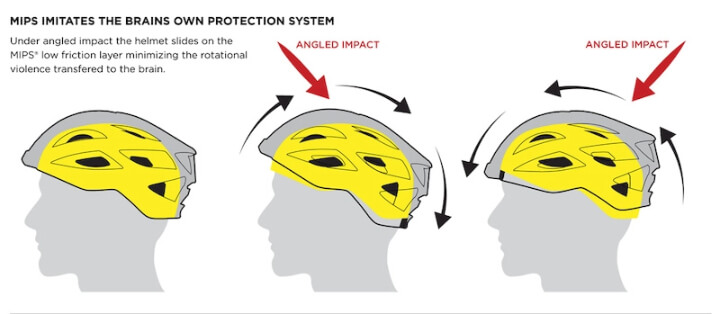
As you will have read, one of the main focus points of these helmets is the safety improvement on rotational impacts. But why are rotational impacts so important to warrant a whole new helmet structure? Knowledge of rotational injuries isn’t anything new. Scientists have been studying the effects for more than half a century.
Non-linear impacts are much more harmful to human brains. Rotating different parts of a brain against one another will rip and stretch tissue instead of just bruising.
Diffuse axonal injury and subdural hematomas are common results of rotational impacts. Tearing of the veins traversing the superior sagittal sinus or in other words a subdural haematoma, is where blood will collect between the brain and the skull. The result of this injury can quite easily be life threatening.
Are MIPS Helmets Better?
Research has suggested that MIPS slip-plane technology reduces rotational acceleration by an average of 22%. This is when compared to standard EPS-only helmets. Slower collisions are those that are most significantly improved.
As you’ll probably be able to tell, MIPS helmets aren’t so groundbreaking that conventional CPSC helmets are completely irrelevant. There isn’t any provable downside to using one of these new helmets.
Even more recently, Trek have announced a new kind of helmet they have developed. Traditional EPS foam has been combined with a low-density, latticelike structure they have named WaveCell. It’s yet to be proven but this technology might be even better than MIPS.
Are MIPS Helmets Safer?
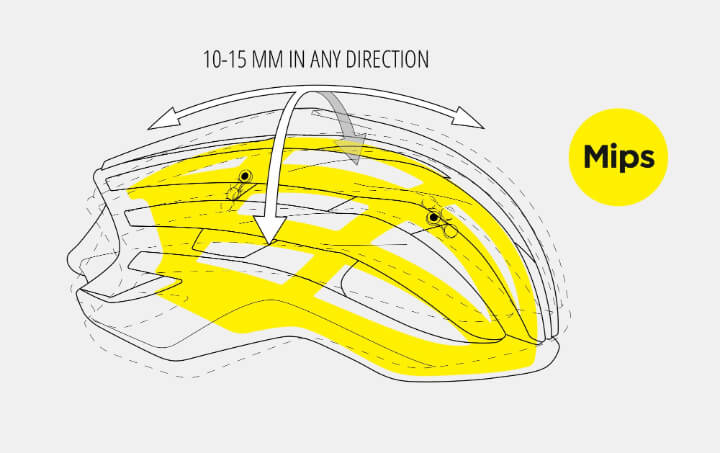
Testers at Virginia Tech university have been using 30 different bike helmets. All of the top 6 lids were MIPS helmets, with Bontrager Ballista[] grabbing the top spot.
A star rating system developed after multiple studies was used when testing these products. To put it simply, the rating system assesses common impact scenarios that a cyclist might experience. The resulting concussion and injury risks are finally weighted against the likelihood of the impact actually occurring.
Only 4 of the 30 helmets Virginia Tech tested resulted in a 5 star rating. How reassuring to learn that all of these 4 were MIPS helmets. This is very persuasive for me when looking for new helmets[].
Do you Really Need MIPS?
The simple answer is no, you don’t NEED these helmets to feel safe when riding. The difference between using a MIPS helmet and a regular one isn’t like wearing a seatbelt or not, it’s more like upgrading from a regular seatbelt to a racing harness.
Best MIPS Helmet for Cycling
Bontrager Ballista MIPS
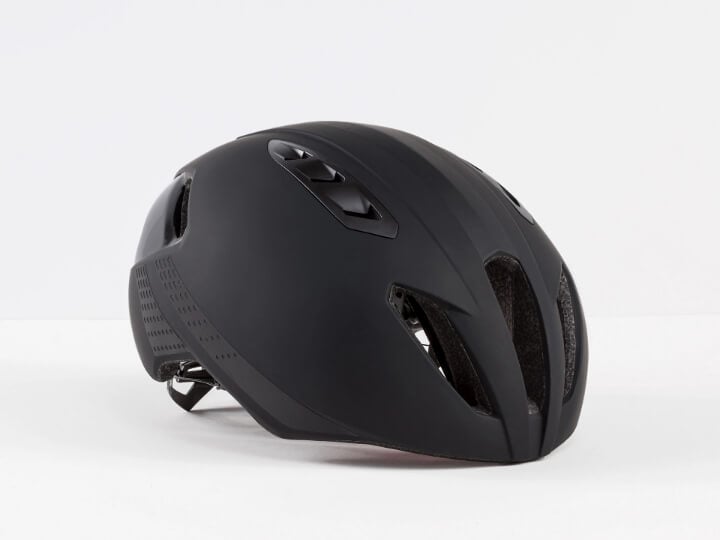
Trek are one of the best manufacturers of high quality biking gear. The Bontranger Ballista helmet has placed high on many ranking lists. This is an aero style helmet so it may not be the style many riders are used to but it’s got some great features.
Racing cyclists are going to love the Ballista helmet. With a wind tunnel-proven design, the new aero design cuts through the wind, launching you through the finish line.
Boa is the closure system Trek have included that lets riders easily secure and adjust the helmet fit with just one hand. This makes it much easier to alter your helmets fit while riding.
Bell Stratus MIPS
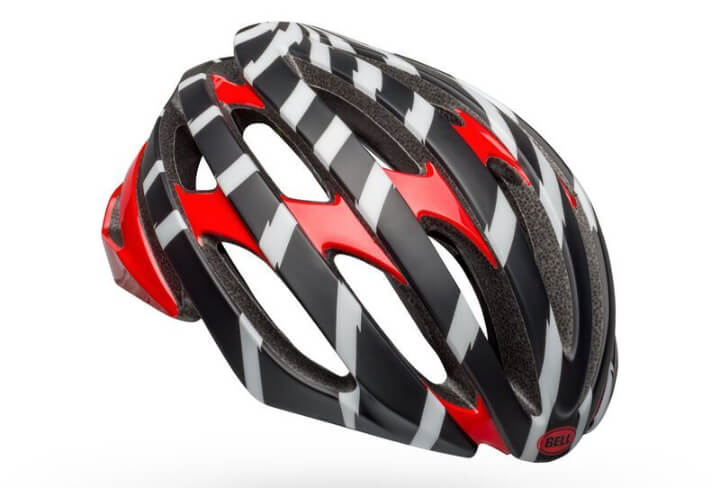
This is another brilliantly designed aero helmet, this time designed by Bell. A vast amount of ventilation has been added into this helmet. If you’re a long distance racing cyclist or do a lot of hills this helmet will be perfect for you. Stay cool while still having the brilliant protective technology Bell have thrown at this product.
Sources
https://www.cpsc.gov//PageFiles/86318/10mr98r.pdf https://mipsprotection.com


